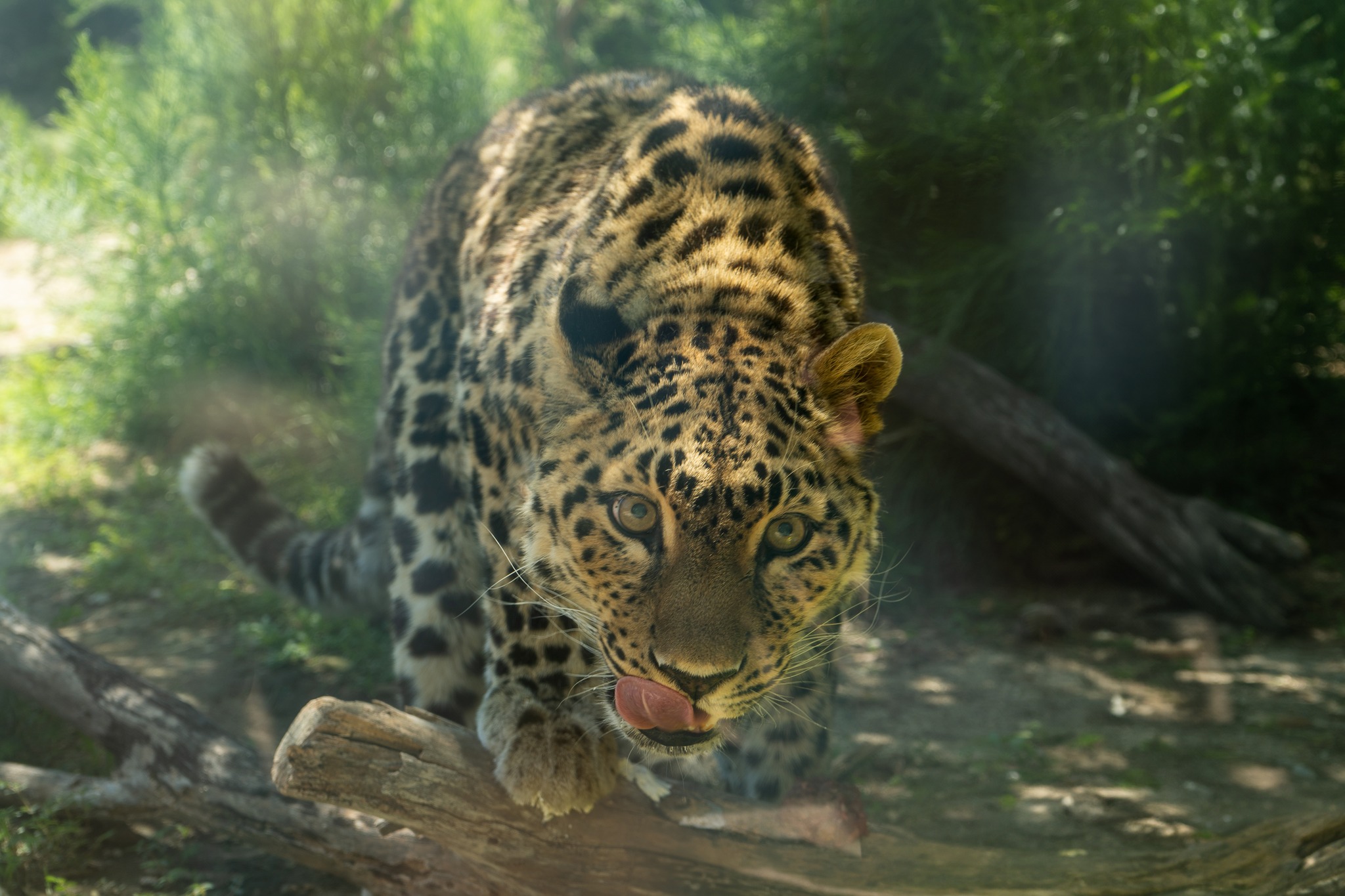- Longevity in captive felines and factors contributing to their extended lifespan
- The role of zoo management in enhancing the quality of life for aged animals
- Contributions of zoos to wildlife conservation and education regarding endangered species
- The significance of milestone celebrations in fostering human-animal connections
- Challenges and advancements in geriatric veterinary care for aging zoo animals
Longevity in Captive Felines and Factors Contributing to Their Extended Lifespan
Reaching 21 years is a significant milestone for a feline, particularly one residing within the confines of a zoo. In the wild, a cat’s life span may be considerably shorter, with many factors, such as disease, predation, and food scarcity, leading to a life expectancy of barely a handful of years. Conversely, captive felines, like the celebrated Zoya, often enjoy longer lives due to a stable supply of nutritious food, no predators, and diligent medical care.
Diet plays a pivotal role in the longevity of zoo animals. High-quality, species-appropriate food that meets all nutritional demands aids in preventing health issues and maintains an animal’s vitality. Additionally, advancements in veterinary care, including regular health assessments and preventative treatments, have significantly extended the life expectancy of captive animals.
Moreover, environmental enrichment is crucial in ensuring physical and mental stimulation for animals like Zoya. A well-designed habitat that mimics a cat’s natural surroundings and encourages instinctual behaviors is instrumental in promoting overall well-being.
The Role of Zoo Management in Enhancing the Quality of Life for Aged Animals
Zoo management teams work attentively to create environments conducive to their animals’ physical and psychological well-being. Zoos now adopt holistic approaches to animal care, integrating veterinary science, behavioral science, and environmental design. As felines age, their needs evolve—a fact accounted for by attentive management. These teams anticipate and acclimate to changes in mobility, dietary requirements, and sensory capabilities to provide an optimal aging environment.
One aspect of this is modifying habitats for older animals to ensure accessibility and comfort. Simple changes, such as adding ramps or adjusting sleeping areas, can significantly impact an elderly feline’s quality of life.
Contributions of Zoos to Wildlife Conservation and Education Regarding Endangered Species
Zoos serve as pivotal platforms for wildlife conservation and education. With many wild cat species facing threats like habitat loss and poaching, zoos are crucial in safeguarding their future. Breeding programs, particularly for endangered species, are a cornerstone of conservation work in zoological settings.
Education is also a key component, with milestone celebrations as an opportunity to raise awareness about the species in their care. Birthdays like Zoya’s can draw public attention and spark interest in conservation issues affecting felines globally.
The Significance of Milestone Celebrations in Fostering Human-Animal Connections
Celebrating the birthdays of zoo inhabitants, such as Zoya’s “twenty-onederful” years, is more than a festive acknowledgement of longevity. These occasions deepen the bond between humans and animals, forging a personal connection that can amplify the public’s commitment to conservation efforts. Emotional engagement with individual animals can profoundly affect visitors’ willingness to support and participate in protecting endangered species.
Challenges and Advancements in Geriatric Veterinary Care for Aging Zoo Animals
Geriatric care for zoo animals like Zoya poses unique challenges. Elderly animals may require specialized treatments and palliative care strategies different from those of their younger counterparts. Advancements in this area of veterinary medicine include using innovative treatments, such as stem cell therapy and advanced imaging techniques, to diagnose and manage age-related conditions more effectively.
Additionally, pain management is a critical aspect of caring for senior zoo animals. Veterinary professionals have developed more sophisticated methods to evaluate and treat pain, ensuring older animals maintain the highest standard of well-being.
In caring for a “twenty-onederful” cat like Zoya, her longevity is not merely a testament to her genetic makeup but the culmination of advanced zoo management, veterinary care, and the committed efforts of conservationists. Her story is a potent reminder of the profound connections between humans, animals and the collective responsibility to protect and understand the natural world.
*****
Source Description
She’s twenty-onederful! 🐈🎉
Cheers to 21 years with the coolest cat around. Join us in celebrating Zoya’s special day in the comments below!

